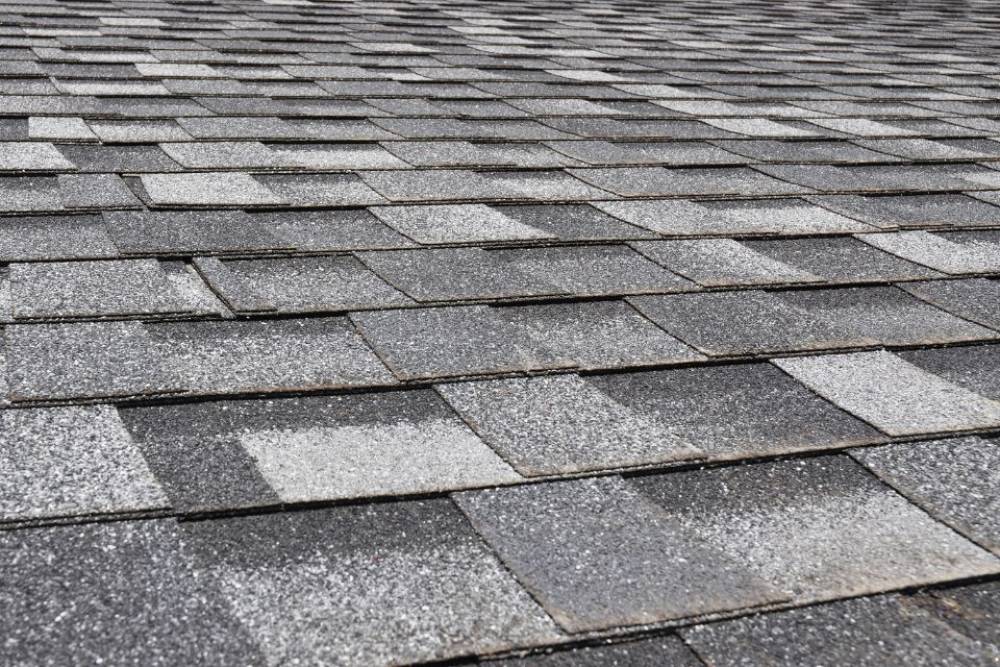
Common Mistakes To Avoid During Asphalt Shingle Roof Installation
Asphalt shingle roofs are popular due to their affordability, durability, and ease of installation. However, improper installation can shorten the roof's lifespan, cause leaks, and lead to costly repairs. Many mistakes occur during installation, compromising the roof's integrity. These errors are often avoidable with proper planning and attention to detail. We will explore common mistakes made during asphalt shingle roof installation, their impact, and how to prevent them. Homeowners and contractors in Tucson AZ can ensure a successful and long-lasting roofing project by understanding these pitfalls.
Neglecting Proper Roof Preparation
Roof preparation is a crucial step that many people overlook. Before installing new asphalt shingles, inspecting and preparing the roof deck is essential. Leaving old shingles, debris, or damaged materials on the roof can prevent proper adhesion and lead to uneven surfaces. Failing to replace damaged roof decking can result in structural issues and water leaks. Additionally, it is necessary to install a water-resistant underlayment to protect the deck from moisture. Many installers skip this step or choose inferior materials to cut costs, which can lead to early roof failure. Proper preparation also includes checking for adequate ventilation. Poor ventilation can cause heat and moisture buildup in the attic, damaging shingles and shortening their lifespan. Taking time to clean, inspect, and prepare the roof deck thoroughly ensures a smooth installation and improves the durability of the asphalt shingles.
Improper Alignment of Shingles
Alignment errors during shingle installation can compromise the roof's appearance and functionality. Proper shingle placement is critical to ensure water flows off the roof efficiently. One common mistake is failing to align shingles in straight, even rows. Misaligned shingles create gaps and uneven overlaps, increasing the risk of leaks and wind damage. Another error is installing shingles without sufficient overlap. Shingles need to be layered correctly to form a watertight barrier. Skipping alignment marks or ignoring manufacturer instructions can lead to significant issues. Moreover, improper spacing between shingles can cause them to expand and contract unevenly due to temperature changes, leading to cracks and tears. Following alignment guidelines and double-checking measurements can help avoid these mistakes. Using chalk lines as a guide can also ensure shingles are evenly placed and adequately spaced, improving the roof’s performance and aesthetic appeal.
Skipping or Misusing Roofing Nails
Proper nailing is essential to secure asphalt shingles and prevent them from blowing off during high winds. A common mistake is using too few nails or placing them incorrectly. Roofing nails should be driven into the designated nailing zones, ensuring they adequately penetrate the shingle and roof deck. Failing to follow these guidelines can cause shingles to lift or shift over time. Another issue arises when nails are overdriven, underdriven, or angled improperly. Overdriven nails can puncture the shingle, while underdriven nails may not hold it securely. Angled nails compromise the watertight seal and leave the roof vulnerable to leaks.
Additionally, using the wrong type or length of nails can weaken the roof’s structure. Roofing nails should be galvanized to prevent rust and corrosion over time. By carefully following nailing instructions and checking for consistency, installers can ensure that shingles remain secure and the roof performs as intended for years.
Ignoring Weather Conditions During Installation
Weather plays a significant role in asphalt shingle installation, yet it is often overlooked. Installing shingles during extreme weather conditions can cause adhesion, durability, and performance issues. Cold temperatures can make asphalt shingles brittle, causing them to crack or break during installation. In contrast, high heat can soften shingles, making them prone to tearing or warping. Humidity and rain also pose challenges, as moisture can get trapped under the shingles or prevent the adhesive from sealing properly. Many installers proceed with roofing projects regardless of the weather, assuming the issues will resolve over time. However, this can result in long-term problems, such as leaks, poor insulation, and premature shingle failure. Scheduling the installation during moderate weather and checking forecasts beforehand can help avoid these complications. Proper planning and waiting for suitable conditions ensure a successful installation and extend the life of the asphalt shingles.
Failing to Install Flashing Correctly
Flashing is vital to any roof, as it prevents water from seeping into vulnerable areas, such as valleys, chimneys, and skylights. However, improper flashing installation is a common mistake that leads to leaks and water damage. Some installers reuse old, damaged flashing to save time or money, compromising the roof’s ability to keep water out. Others fail to seal the flashing correctly or install it in the wrong position. For instance, valley flashing must be placed precisely to ensure water flows off the roof without pooling. Similarly, chimney flashing requires a tight seal to prevent leaks around the base. Ignoring these details can result in costly repairs down the line. To avoid this mistake, it’s essential to use new, high-quality flashing and ensure it is sealed and secured properly. Attention to detail during flashing installation significantly improves the roof’s performance and protects the home from water infiltration.
Avoiding common mistakes during asphalt shingle roof installation is essential for ensuring a long-lasting, reliable roof. Proper roof preparation, accurate shingle alignment, and correct nailing techniques are critical to the installation process. Weather conditions, flashing placement, and roof ventilation must also be considered to prevent long-term issues. Cutting corners on materials may seem like a cost-saving measure, but it often leads to expensive repairs or replacements. Homeowners and contractors can ensure a successful roofing project by paying close attention to these factors and addressing potential pitfalls. A well-installed asphalt shingle roof provides lasting protection, energy efficiency, and value for years.

